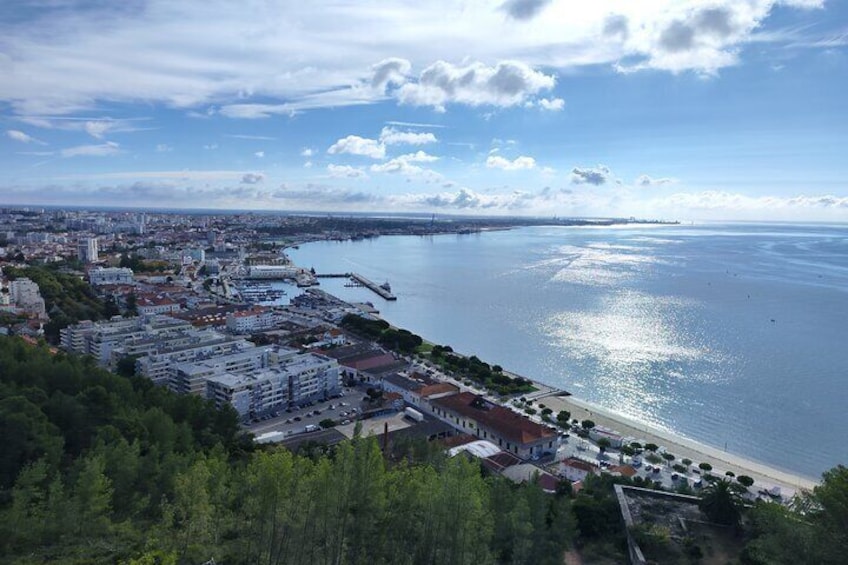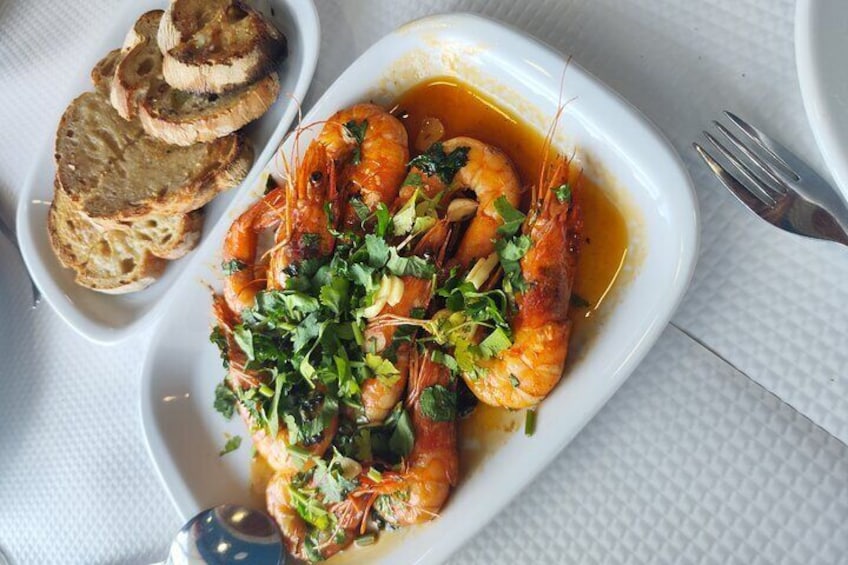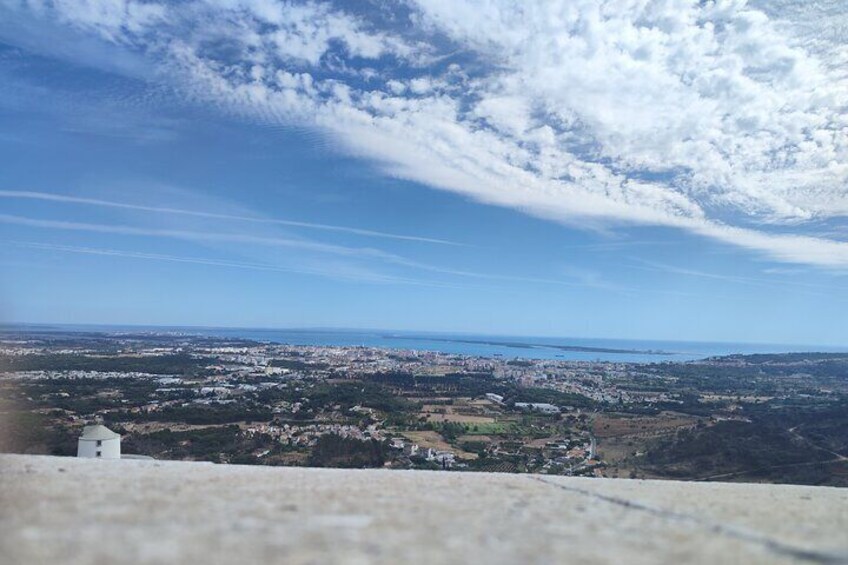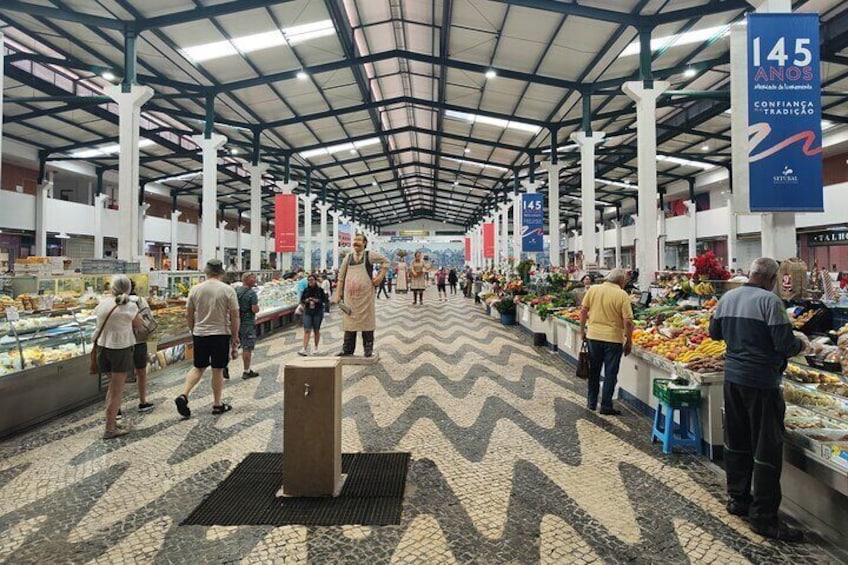




Setúbal, Nature&Culture, among castles, mountains and beaches
Features
- Free cancellation available
- 8h
- Mobile voucher
- Instant confirmation
- Selective hotel pickup
- Multiple languages
Overview
Family Program Offer - Children up to 12 years old do not pay
Get ready for stunning scenery, incredible beaches, historical sites, and delicious cuisine, ending at the iconic Christ King.
Setúbal, one of the most beautiful bays in the world, with the Livramento Market, famous for its variety of fruits, fresh fish, and local produce.
The Fortaleza de San Filipe, an old fort that offers stunning views of the ocean and the city, and the Arrábida Natural Park, famous for its paradisiacal beaches.
Palmela, a picturesque village with a stunning medieval castle.
an old fortress that offers incredible views of the region.
Sesimbra, a charming village, with the Fortaleza de Santiago, the majestic Castelo de Sesimbra, and the wonderful sanctuary of Nossa Senhora do Cabo Espichel.
The Christ King, an impressive monument that offers stunning views over the city of Lisbon.
Activity location
- Castelo de Palmela
- 2950-997, Palmela, Portugal
Meeting/Redemption Point
- Castelo de Palmela
- 2950-997, Palmela, Portugal
Check availability
Full day tour in Setúbal, between castles, mountains and beaches
- 8h
- English
Pickup included
What's included, what's not
- Private transportation
- WiFi on board
- Air-conditioned vehicle
- An amazing driver; · 8 hours of everlasting memories; Guided tour of the monuments
- All Fees and Taxes
- · Lunch, but we do have a selection of incredible restaurants that never disappoint · Snacks · Personal expenses
Know before you book
- Infants and small children can ride in a pram or stroller
- Service animals allowed
- Infants are required to sit on an adult’s lap
- Suitable for all physical fitness levels
- Please wait in the pick up point 15 min prior to the starting time of the program, The guide will contact you via whatsapp. Minimum number of participants is 2 The program is subject to a minimum of 2 participants. If the minimum number of participants is not met, the reservation will be canceled up to 24 hours before the scheduled date, and the full amount paid will be refunded.
Activity itinerary
Castelo de Palmela
- 45m
Mercado do Livramento
- 30m
SetubalSouv
- 15m
Church of the former Monastery of Jesus
- 15m
Castelo de Sao Filipe
- 45m
Serra da Arrabida
- 45m
Portinho da Arrabida
- 30m
Castelo de Sesimbra
- 45m
Fortaleza de Santiago
- 45m
Cabo Espichel
- 1h
Santuario Nacional de Cristo Rei
- 45m
Location
Activity location
- Castelo de Palmela
- 2950-997, Palmela, Portugal
Meeting/Redemption Point
- Castelo de Palmela
- 2950-997, Palmela, Portugal